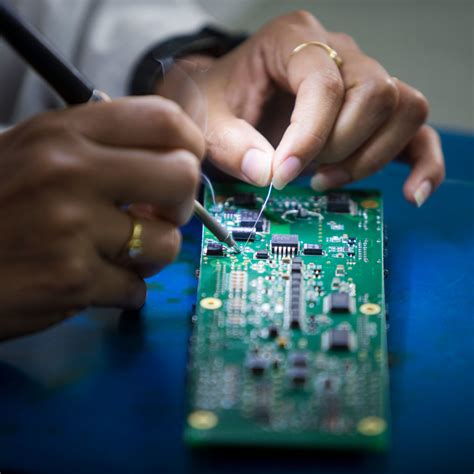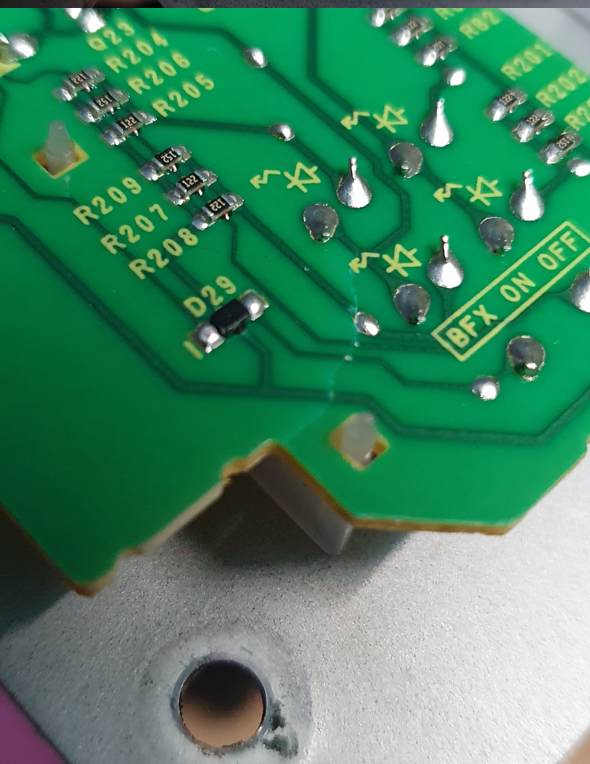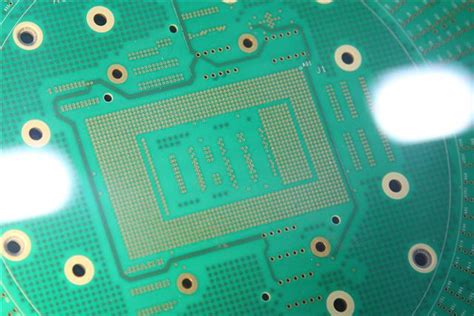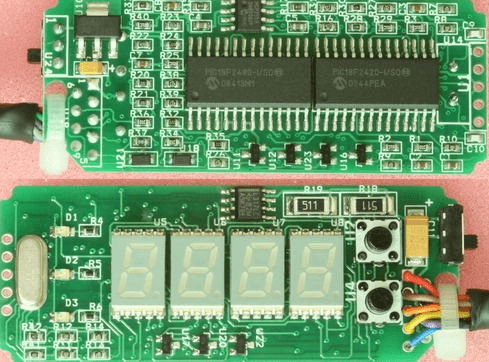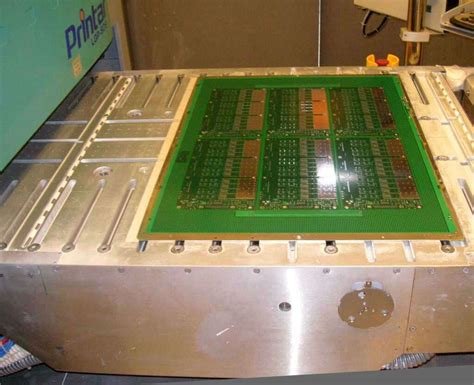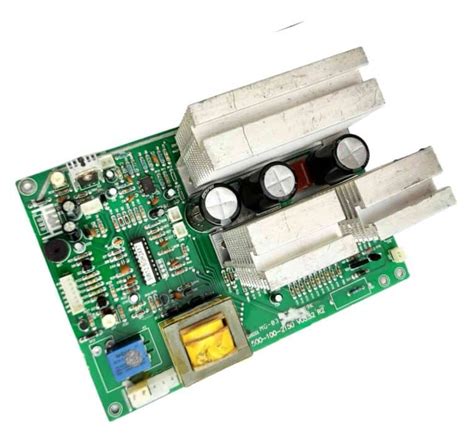Mastering Board Assembly: Tips for Precision and Efficiency
Key Takeaways
Mastering pcb assembly is crucial for achieving optimal performance and quality in electronic projects. An effective pcba process begins with a solid understanding of the fundamental concepts. Ensuring precision in board assembly is paramount; it can significantly impact the functionality and longevity of the final product. The proper selection of tools and equipment can streamline this process, allowing for more efficient setups and reducing the likelihood of errors. To enhance quality, it’s essential to adopt best practices in quality control, which not only helps in identifying defects early but also fosters a culture of continuous improvement. Embracing technology trends in pcb assembly, such as automation and advanced inspection techniques, can lead to substantial efficiency gains. In summary, focusing on these key areas will empower professionals to elevate their skills and improve the overall outcomes of their projects.
Understanding the Basics of Board Assembly
When delving into the intricacies of pcb assembly, it’s crucial to grasp the fundamental components that make up the process. The heart of any successful pcba lies in the meticulous arrangement and connection of electronic components onto a circuit board. By understanding these basics, you set a solid foundation for achieving high-quality results in your projects. The layout of the pcb dictates not only functionality but also influences other factors such as thermal management and signal integrity. A well-structured pcba process encompasses proper planning, component selection, and layout design, all while paying attention to the specifications provided for each component. As you familiarize yourself with these elements, you can develop a strategic approach that enhances both precision and efficiency throughout your assembly processes. Cultivating this baseline knowledge will empower you to tackle more advanced challenges in board assembly, ensuring that each project reflects a commitment to excellence and professionalism.
Tools and Equipment for Efficient Assembly
In the realm of pcb assembly, selecting the right tools and equipment is crucial for achieving optimal precision and efficiency. Investing in high-quality pcba tools not only enhances your workflow but also minimizes errors during the assembly process. Commonly used tools include soldering stations, which provide adjustable temperature control, ensuring that components are soldered properly without damage. Additionally, utilizing automated pick-and-place machines can significantly speed up component placement, thereby reducing manual labor and potential mistakes.
Furthermore, employing specialized handling equipment like vacuum pick-up tools can ensure that sensitive components are placed accurately without risk of damage. It’s also essential to have a well-organized workspace; using component trays and labeled storage can help streamline access to parts, facilitating a more efficient assembly line.
Below is a table summarizing essential tools for pcb assembly:
| Tool | Purpose | Benefits |
|---|---|---|
| Soldering Station | To fuse components together | Adjustable temperatures for precision |
| Pick-and-Place Machines | Automated component placement | Reduces manual errors and speeds up work |
| Vacuum Pick-up Tools | Sensitive component handling | Minimizes risk of damage |
| Multi-Meters | Testing electrical connectivity | Ensures functionality before completion |
| Organized Component Storage | Easy access to parts | Helps maintain orderly workflow |
By integrating these tools effectively into your assembly process, you can significantly enhance both quality and speed, leading to higher overall project success rates in your pcba endeavors.
Techniques for Ensuring Precision in Board Assembly
Achieving precision in pcb assembly is critical to the success of any project. One of the foundational techniques involves meticulous planning and organization. Start by thoroughly defining the specifications and layout of your pcba to minimize errors during the assembly process. Utilizing advanced imaging technology can significantly enhance alignment and placement accuracy, reducing potential defects.
Moreover, investing in high-quality tools is essential; tools designed for precision will ensure that each component is positioned correctly. Operators should also engage in regular training to stay updated on best practices and new techniques in the field. Regular practice reinforces skills that enhance attention to detail, which is paramount in pcb assembly.
“Regular calibration of machines can lead to significant improvements in overall assembly quality.”
Implementing automated solutions for repetitive tasks can also elevate accuracy while allowing human operators to focus on complex elements that require critical thinking. Finally, maintaining a clean and organized workspace cannot be overstated; it minimizes distractions and potential contamination, thereby supporting optimal conditions for precise pcba execution.
Common Challenges and How to Overcome Them
In the world of pcb assembly and pcba, there are several common challenges that practitioners face, which can impact both precision and efficiency. One of the primary difficulties is dealing with misalignment during the soldering process. This can lead to defective connections, resulting in poor electrical performance. To overcome this, it’s crucial to ensure that the components are accurately placed before soldering begins. Utilizing advanced pick-and-place equipment can significantly reduce human error and enhance placement accuracy.
Another challenge is managing component shortages or unexpected variances in part specifications. Maintaining a well-organized inventory and establishing strong relationships with suppliers can help mitigate these issues. Additionally, having a clear understanding of alternate components can provide flexibility when unforeseen circumstances arise.
Temperature control during soldering is also vital, as fluctuations can lead to thermal stress, affecting the reliability of the assembly. Adopting a well-calibrated reflow oven and employing thermal profiling techniques ensures that the right temperatures are consistently maintained throughout the process.
Lastly, staying informed about evolving industry standards is essential for maintaining high-quality pcba results. Commit to ongoing training for your team and invest in up-to-date resources, which will ultimately improve your assembly process and help you successfully navigate these challenges. By proactively addressing these issues with dedicated strategies, you’ll enhance both efficiency and precision in your board assembly endeavors.
Best Practices for Quality Control in Board Assembly
Ensuring top-notch quality control during pcb assembly is essential for achieving desired performance and longevity of electronic products. Implementing best practices in the quality control process helps identify defects early, mitigating risks that could lead to costly reworks or failures. First, it’s crucial to establish a comprehensive inspection process that includes visual checks, automated optical inspection (AOI), and functional testing. This multi-layered approach guarantees that every aspect of the pcba is scrutinized effectively. Training team members on recognizing common defects can also foster a culture of quality awareness, ensuring everyone plays a role in maintaining standards. Furthermore, utilizing statistical process control (SPC) techniques allows for ongoing monitoring of the assembly process, helping to quickly pinpoint variations and facilitate corrective actions before they escalate into major issues. Emphasizing meticulous documentation at every step supports traceability and enhances process accountability, which ultimately leads to better overall outcomes in your board assembly projects. Through these measures, organizations can greatly enhance the integrity and reliability of their pcb assembly processes, paving the way for success and customer satisfaction in an increasingly competitive industry.
Time-Saving Strategies for Streamlined Processes
In the world of pcb assembly, efficiency is paramount. Implementing time-saving strategies can significantly enhance your assembly process, allowing for quicker turnaround times without sacrificing quality. One effective approach is to adopt the principles of lean manufacturing, which focus on minimizing waste and maximizing value in every step of the pcba process. For instance, organizing workstations with tools and materials readily accessible reduces the time spent searching for necessary items. Additionally, employing standardized procedures for each assembly task can lead to improved precision, as team members become more adept at their roles over time.
Moreover, integrating advanced technology such as automation in specific phases of the board assembly process can yield substantial time advantages. Automated pick-and-place machines, for instance, allow for rapid placement of components on circuits, significantly enhancing production speed. It’s also beneficial to invest in training programs that empower your team with skills necessary to troubleshoot common issues promptly, ensuring that problems don’t escalate and cause significant delays.
By focusing on these targeted strategies, organizations can not only streamline their pcb assembly processes but also position themselves for sustained success in a competitive environment. Implementing these practices consistently helps build a foundation for continuous improvement, ensuring that quality remains at the forefront while maximizing output efficiency.
Case Studies: Success Stories in Board Assembly
In the realm of pcb assembly, numerous organizations have transformed their processes, leading to remarkable outcomes. One notable case involved a tech startup that specialized in pcba for consumer electronics. Faced with frequent delays due to assembly inaccuracies, the team turned to innovative strategies tailored for their specific needs. By investing in advanced tools and equipment and adopting meticulous quality control measures, they enhanced their precision significantly. This commitment not only reduced rework by 30% but also improved product launch timelines by several weeks.
Another success story comes from a medical device manufacturer, which faced stringent regulatory requirements for their pcb assembly processes. To tackle these challenges, they integrated real-time monitoring systems during assembly to track performance metrics and identify bottlenecks. As a result, they achieved compliance while elevating the consistency of their pcba products.
Each case underscores the significance of embracing best practices and leveraging technological advancements in enhancing the efficiency and quality of board assembly processes. Such successes can inspire others within the industry to explore similar avenues, ensuring that precision becomes synonymous with every project undertaken.
The Future of Board Assembly: Trends and Innovations
As technology continues to evolve, the landscape of pcb assembly is undergoing significant transformations. The rise of automation and robotics in pcba processes is paving the way for increased efficiency and precision. These innovations allow for faster production times while maintaining stringent quality standards. Additionally, the integration of advanced materials is enhancing the performance characteristics of boards, resulting in lighter, more durable products. Emphasizing sustainability, many companies are now prioritizing eco-friendly materials and processes in their board assembly techniques. This shift not only helps reduce the environmental footprint but also appeals to a growing demographic of environmentally conscious consumers. Furthermore, IoT (Internet of Things) integration within manufacturing systems enables real-time monitoring and analytics that can drive improvements in operational efficiency. As industry players adapt to these emerging trends, they must also invest in workforce training to keep their teams aligned with new technologies and methodologies. Ultimately, embracing these innovations will be crucial for achieving long-term success in pcb assembly, ensuring that firms remain competitive in a rapidly changing marketplace.
Conclusion
In the realm of pcb assembly, achieving mastery involves not only understanding fundamental techniques but also continuously refining your processes. The integration of the right tools and equipment can significantly enhance pcba efficiency, leading to improved outcomes in each project. By addressing common challenges with proactive strategies, and implementing best practices for quality control, you can ensure that board assembly results consistently meet high standards. Moreover, adopting time-saving strategies will allow you to streamline your workflow and focus more on innovation. As the future of pcb assembly evolves with emerging trends and technological advancements, staying informed and adaptable will be crucial for maintaining precision and efficiency in your projects. Ultimately, honing your skills in these areas not only elevates your competence but also contributes positively to the quality of the final product, ensuring that you stand out in an increasingly competitive landscape.
FAQs
What is PCB assembly?
PCB assembly, often referred to as PCBA, involves the process of soldering electronic components onto a printed circuit board (PCB) to create a functional electronic circuit. This critical step determines the overall performance and reliability of the final product.
What tools are essential for effective board assembly?
For effective board assembly, you will need tools such as soldering irons, multimeters, and PCB holders. Additionally, using automated machinery can significantly enhance efficiency during the pcba process.
How can I ensure precision in my PCB assembly projects?
To ensure precision in PCB assembly, it’s vital to employ techniques like proper alignment of components and maintaining optimal soldering temperatures. Regular training on best practices also plays a crucial role in achieving accurate results.
What common challenges are faced during board assembly?
Common challenges include misalignment of components, inadequate solder joints, and issues related to thermal management. Identifying these issues early in the pcba process can help mitigate potential problems.
What are some best practices for quality control in PCB assembly?
Best practices for quality control include regular inspections during various stages of board assembly, implementing automated testing where possible, and adhering to industry standards to ensure the highest quality levels.

